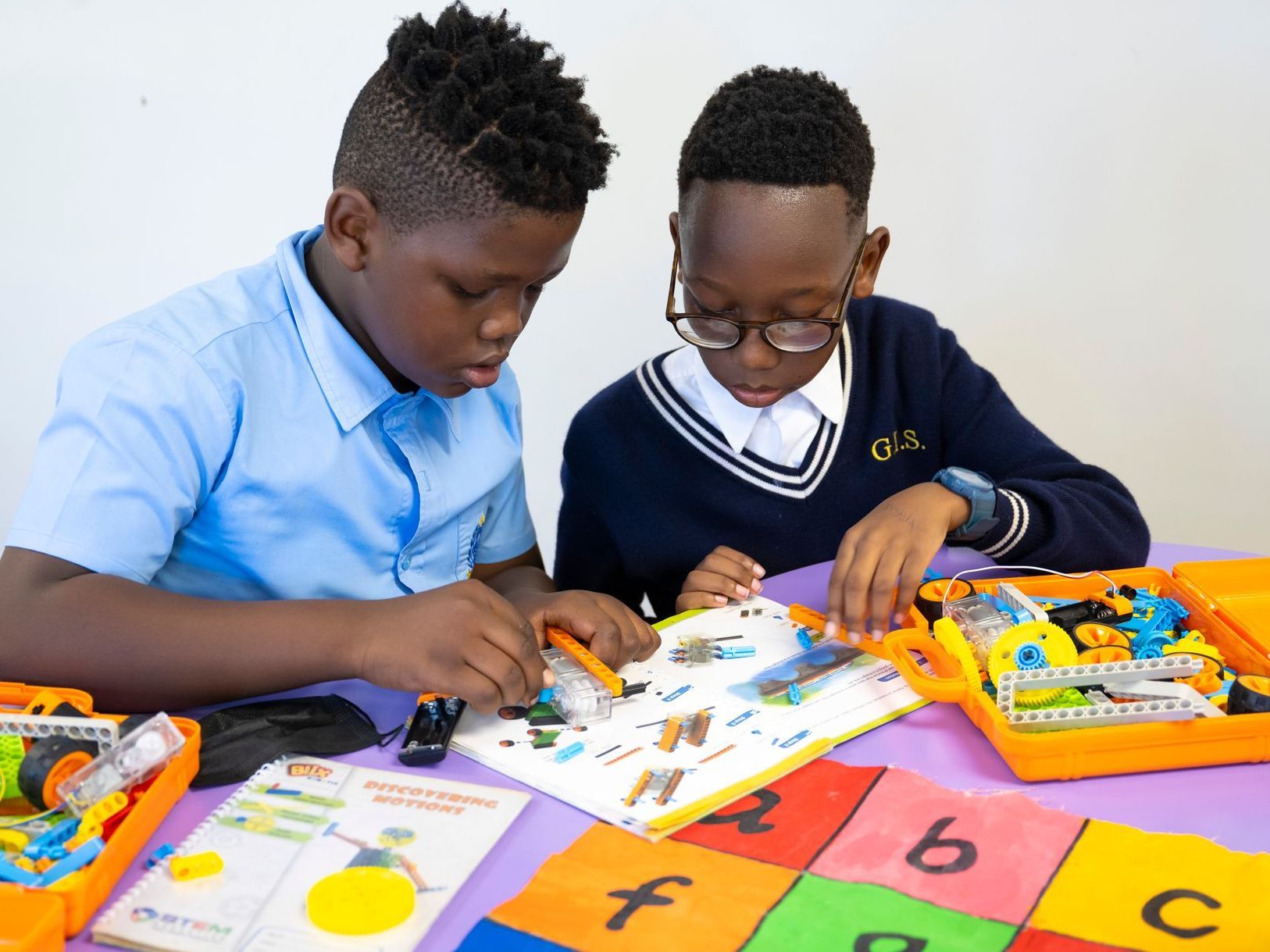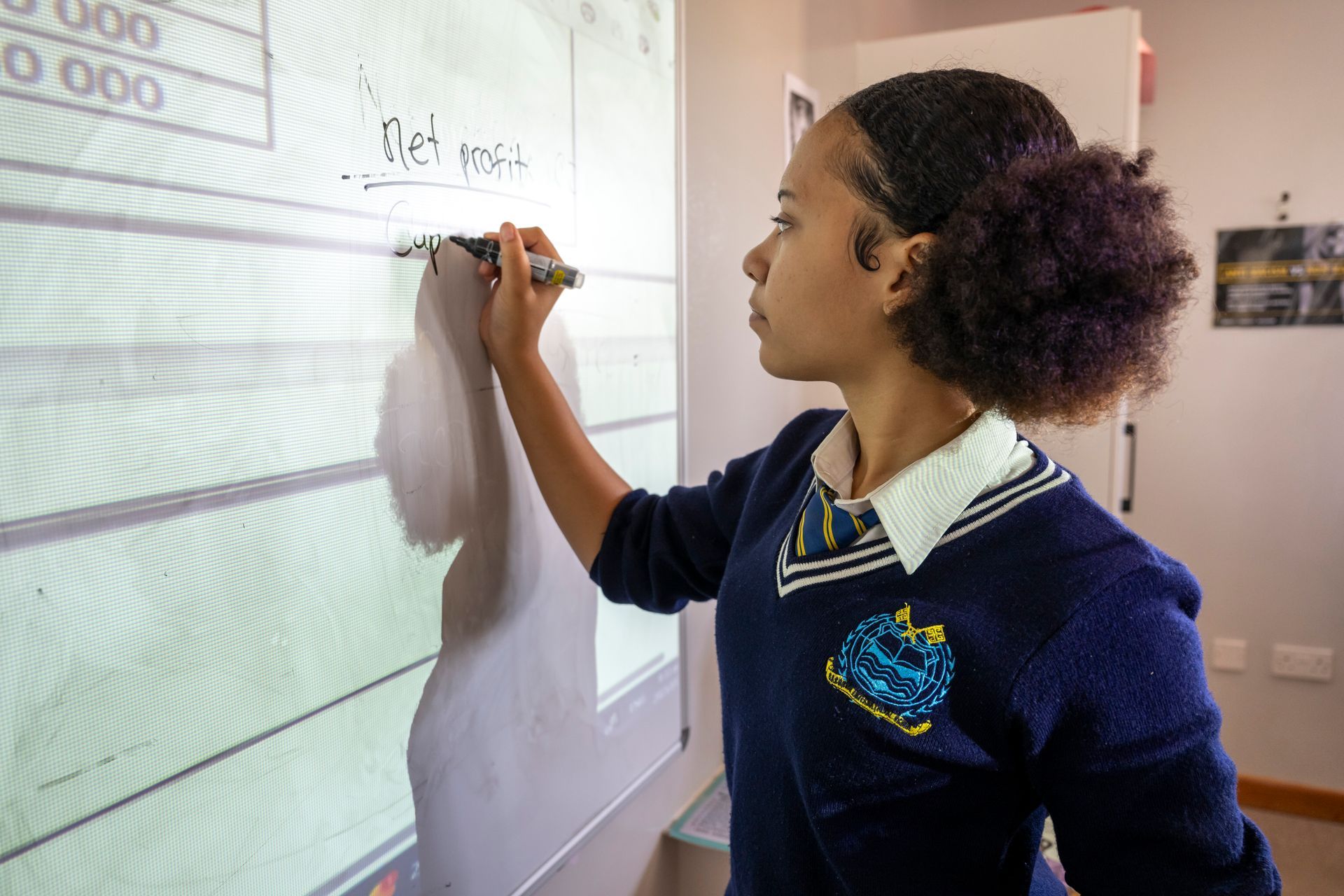Fostering Teamwork Through Group Projects: Effective Strategies for Collaboration

Teamwork is a vital skill in both educational and professional settings. When individuals collaborate effectively, they can achieve greater productivity, develop essential interpersonal skills, and create innovative solutions. Group projects serve as an excellent way to foster teamwork by encouraging collaboration, communication, and problem-solving skills. This article explores effective strategies for designing and implementing group projects that enhance teamwork and create a positive learning or work environment.
1. Designing Effective Group Projects
To ensure that group projects successfully promote teamwork, they must be carefully structured. Consider the following strategies:
a. Define Clear Objectives and Expectations
Before assigning a group project, clearly outline the goals, expectations, and desired outcomes. Ensure that every team member understands their roles and responsibilities to minimize confusion and inefficiencies.
b. Create Diverse Teams
Diversity in a team fosters creativity and allows members to bring different perspectives and strengths to the project. Aim for balanced groups where members have varied skills, experiences, and learning styles.
c. Assign Roles and Responsibilities
To avoid conflicts and workload imbalances, assign specific roles to each team member. For example, roles such as a leader, researcher, writer, and presenter can help distribute responsibilities fairly.
d. Incorporate Milestones and Deadlines
Breaking down a project into smaller tasks with clear deadlines ensures accountability and keeps the team on track. Regular check-ins help monitor progress and address any issues that arise.
2. Encouraging Collaboration and Communication
Effective teamwork thrives on good communication and collaboration. Implementing these strategies can enhance interaction among team members:
a. Foster Open Communication
Encourage an environment where team members feel comfortable sharing their ideas, asking questions, and providing feedback. Using collaboration tools like Slack, Microsoft Teams, or Google Docs can facilitate smooth communication.
b. Promote Active Listening
Active listening ensures that all team members feel heard and valued. Encourage members to acknowledge each other's ideas and build upon them constructively.
c. Utilize Team-Building Activities
Before starting a group project, engage team members in icebreakers or team-building exercises to build rapport and trust among them.
3. Resolving Conflicts Effectively
Conflicts are natural in group settings but managing them effectively ensures a productive work environment. Here’s how to handle conflicts within group projects:
a. Address Issues Early
Ignoring conflicts can lead to resentment and inefficiency. Address any misunderstandings or disagreements as soon as they arise to prevent escalation.
b. Encourage Constructive Feedback
Teach team members to give feedback in a constructive and respectful manner. Using "I" statements (e.g., "I feel that..." rather than "You always...") can help prevent defensiveness.
c. Implement Conflict Resolution Strategies
Encourage mediation techniques, such as discussing issues in a structured manner or seeking guidance from a supervisor or instructor, to resolve conflicts amicably.
4. Promoting a Culture of Teamwork
Beyond individual projects, fostering a long-term culture of teamwork enhances collaboration in the workplace or classroom. Some strategies include:
a. Recognize and Reward Team Efforts
Acknowledge and celebrate successful group projects through awards, presentations, or public appreciation. Recognizing teamwork boosts motivation and reinforces collaborative efforts.
b. Encourage Peer Evaluation
Allowing team members to evaluate each other’s contributions fosters accountability and encourages individuals to put in their best efforts.
c. Provide Continuous Learning Opportunities
Training on teamwork, leadership, and communication skills equips individuals with the necessary tools to work effectively in groups.
Conclusion
Group projects are an effective method for fostering teamwork in both educational and professional settings. By implementing structured project designs, encouraging open communication, resolving conflicts efficiently, and promoting a culture of collaboration, organizations can create environments where teamwork thrives. With the right strategies in place, group projects can transform into powerful learning experiences that prepare individuals for future professional and personal success.



